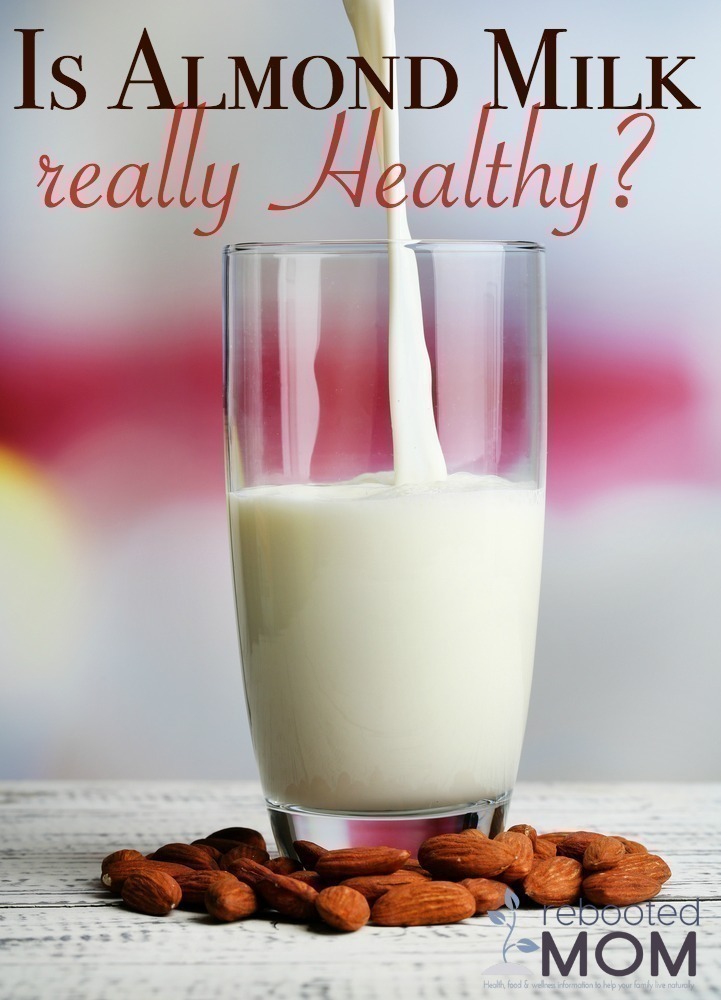
Many people love to snack on raw almonds – I admit, I do too… not only are they great in terms of protein, almonds are full of healthy fats.
Given that almonds are great for you, picking up Almond Milk may seem like a great choice for you, or your kids – right? After all, most people would argue that milk is not good for you (we debunked that here)… and with the rise in allergies with children, many are unable to digest {processed} milk that you would find in the grocery store.
Though there is a HUGE difference between processed milk in the grocery store & raw milk – many people that say milk is bad for you are likely either referring to the {processed} varieties in store, or have no idea how beneficial raw milk can actually be for you.
What is Almond Milk?
Almond Milk is a combination of water, sweetener, thickener (carrageenan), almonds, and fortified nutrients (vitamins A, E and D). MOST varieties of commercial Almond Milk contain few almonds and mostly water .. sugar, and re-added vitamins.
The amount of actual almonds in commercial Almond Milk is very few – no more than a handful, and the rest water.
If you compare the actual calories in Almond Milk (8 oz = 30 calories), to the number of actual calories in a serving of almonds themselves… it’s extremely obvious that you’re beverage is largely water.
Many people choose Almond Milk for reasons such as lactose intolerance, gluten sensitivity, diabetes, or even heart disease – perhaps some may also think that drinking “real” milk is fattening, causes mucus or is just bad overall.
Other Alternative Milks
There are several alternatives to Almond Milk – including Soy, Rice or even Coconut Milk, Raw Milk too ~
Soy Milk
We spoke about soy a few months ago – and the most worrisome part is that up to 95% of soybeans in the US are genetically modified… they are designed to be Roundup Ready – which means they are designed to resist a pretty harsh dose of herbicide. The active ingredient in Roundup is glyphosate – which is known for creating a hormonal imbalance and affecting your gut bacteria.
Soy is not a wise choice to consume, as it’s really high in estrogen. The only soy that’s okay is fermented soy – because the long fermentation process reduces the antinutrient levels of soybeans, and makes them easily available by your digestive system.
Related article: Reasons to Avoid Soy
Raw Milk
Raw Milk is different than milk sold in grocery stores in that it is not pasteurized and so it retains MORE health benefits than it’s pasteurized counterpart:
- It is rich in conjugated linoleic acid (CLA) — known to boost metabolism and fight cancer
- It is highly Alkaline – which is important in maintaining a level pH in your body
- It has over 60 digestive enzymes
- It has good bacteria needed to feed your gut — something that processed milk does not have
- It has vitamin A, B, C, D, K, and E — and is high in magnesium, phosphorus and calcium – since it has not been processed (pasteurized) at high temps, the magnesium is readily available and thus allows the calcium to be absorbed by the body.
Processed milk might be high in calcium but it lacks the magnesium that is needed for that calcium to be absorbed by the body.
Rice Milk
Rice Milk is very similar to Almond Milk but instead consists of water, rice and added vitamins. The biggest issue with Rice Milk is arsenic — as rice can accumulate arsenic 10 times more than any other grains (growing conditions)…
You can see the report at the Environmental Working Group HERE — not only is rice an issue, but so is your flour, crackers, pasta and even baby cereal. In addition, rice usually causes a large insulin spike because it’s a high glycemic grain.
Coconut Milk
Coconut Milk is extremely popular in grocery stores across the US – it’s made by expressing the juice of grated coconut meat and water. Half of the fat in coconut milk is lauric acid – which is easy digested and converted by your liver into energy. Coconut milk has a fair amount of fat, and is rich in vitamin C, E and B, magnesium and potassium.
Making your Own
Almond Milk is not in any way a superfood — as it is mainly water with added sweeteners. Though if you are really set on drinking Almond Milk it’s best to make your own and avoid commercial varieties.
By making your own, you can control the amount of almonds, and eliminate the need for sweetener. To make yourself soak about a cup of Raw, Organic Almonds in Cold water overnight (12 hours) then blend the almonds with 3 Cups of water and strain through a cheesecloth. Keep it in the fridge for up to 3 days.
Soaking is required to reduce the amount of phytic acid in the Almonds, which is found in the coating. That phytic acid acts like a binder. Phytic acid has phosphorus — which cannot be digested properly by our bodies – so it passes through your digestive system but also binds to other minerals as it passes through (ex. Calcium, Magnesium, Zinc) and prevents them from being absorbed.
Almonds in the U.S. are extremely misleading as well – although you can find what you think are raw, organic almonds in the grocery store or at Costco, raw almonds can be labeled as such even though they are pasteurized (roasted, dry roasted or blanched, or steam processed).
Some almonds are also pasteurized using Propylene Oxide (a chemical compound that is flammable and highly toxic) – so it’s best to find a source (family farm) that sells raw, unpasteurized almonds – it’s a bit similar to finding Raw Milk, you will have to do some searching!
Bremner Farms is a local farm in Chico, California that sells Raw Almonds and you can find them HERE.
In the End
You’ll have to weigh the pros and cons of these varieties of milk.
Right now, Dairy is a huge debate — in our country and between people in general. Tolerance to dairy varies by person – although many are not able to drink {processed} milk, many who are intolerant to lactose CAN drink Raw Milk successfully.
If you are concerned about the dangers of raw milk I encourage you to read back here – there are greater dangers in the produce, and processed food at the grocery store that are more pronounced than with raw milk.
In our home, we consume large amounts of raw dairy and raw, aged cheese, we also consume leafy greens and fish – we meet our daily requirement for calcium as well as vitamin D without having to supplement.


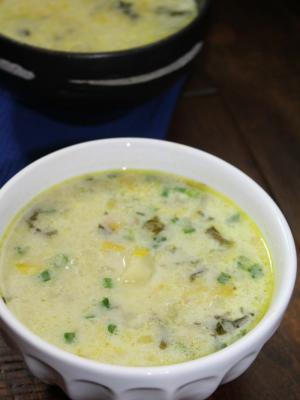
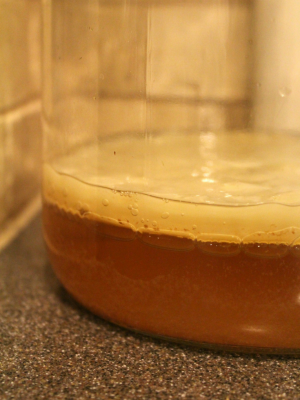
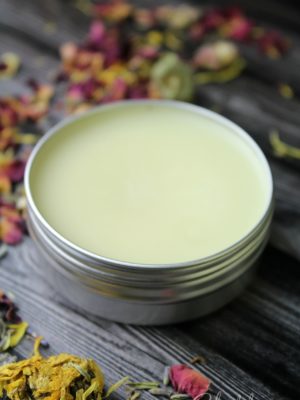
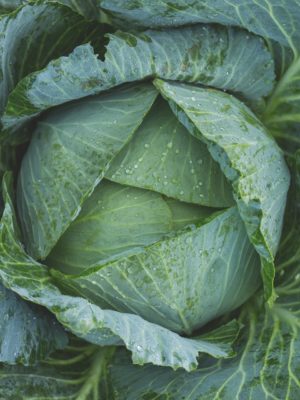

Leave a Reply